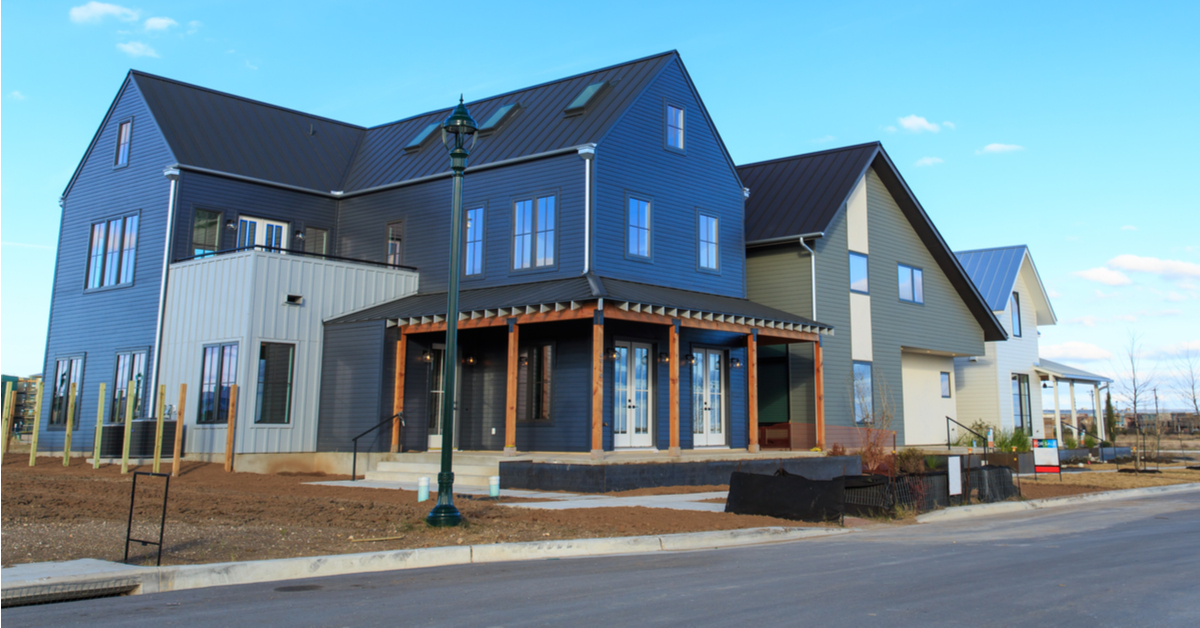Sales of new single-family homes came in at a seasonally adjusted annualized pace of 801,000 units in January, according to estimates from the U.S. Census Bureau and the U.S. Department of Housing and Urban Development.
That’s down 4.5% from this past December and down 19.3% from January 2021, when new-home sales hit an annualized peak of 993,000 units, the highest level since 2006.
Notably, new-home sales didn’t follow the lead of existing-home sales, which saw a bump in January as buyers rushed to secure homes before interest rates rose even further. January’s pace was nonetheless a solid one, although the slip was somewhat unexpected. Jerry Konter, chair of the National Association of Home Builders (NAHB), said that interest in new homes remains high, but a lack of supply continues to hold back sales.
“Demand is strong given a lack of existing-home inventory,” Konter said. “Builders are grappling with supply chain issues that are extending construction times and increasing costs. Policymakers need to focus on alleviating production bottlenecks, particularly as it relates to lumber and other building materials.”
Even with such persistent headwinds, builders have managed to push new single-family home inventory up 34.4% over the past year. At the current sales rate, there are 6.1 months of supply, with 406,000 homes up for sale — although only 37,000 are complete, a 9.1% share of all for-sale inventory. In January of last year, completed homes accounted for 13.2% of supply.
Supply chain issues also have contributed to rising home prices, with January’s median new-home sales price up to $425,300, a year-over-year increase of 13.4%. Accelerating prices that are exacerbated by the further rise of interest rates will continue to dampen demand, according to NAHB chief economist Robert Dietz.
“Higher mortgage rates will slow homebuying demand over the course of 2022, and the Russia-Ukraine crisis will add short-term volatility to the bond market,” he said.




